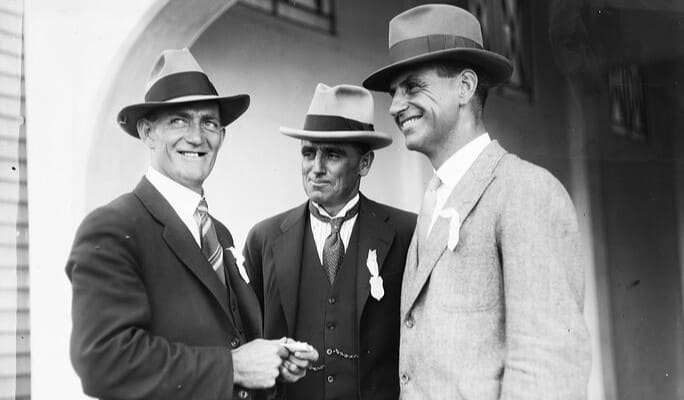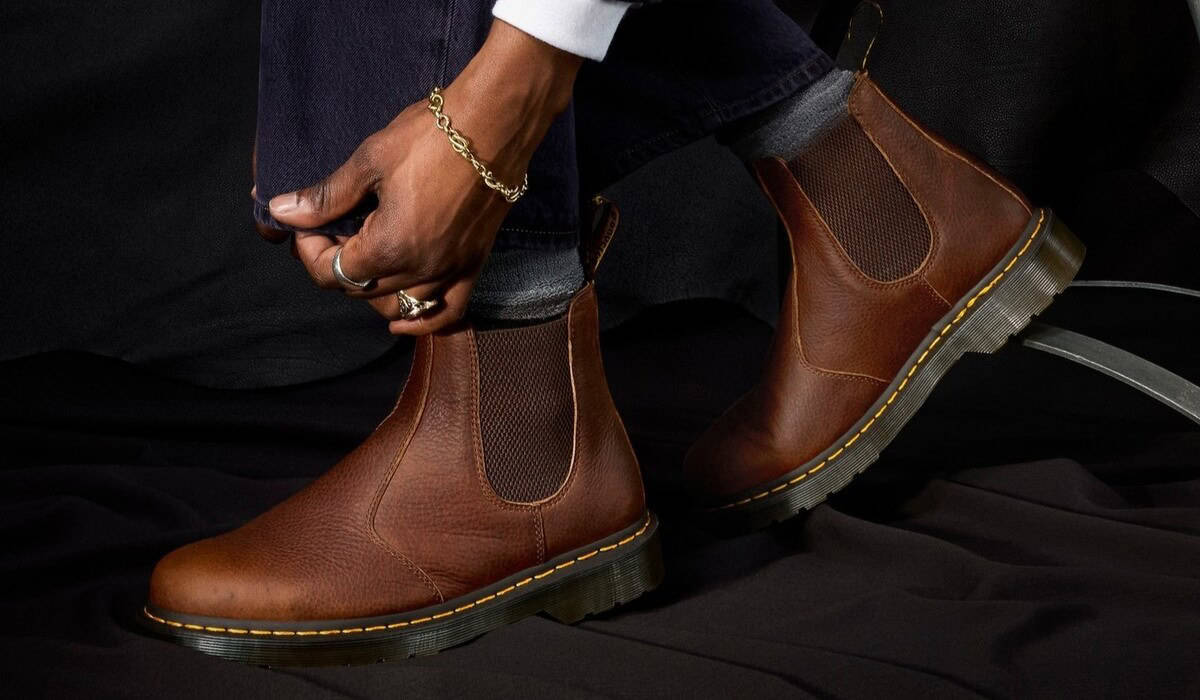The push-up is one of the most common bodyweight exercises programmed into full-body and upper-body workouts, but it’s not a movement most people can do without building up strength first.
Thankfully, this is relatively straightforward to do once you know how. “Building up the muscles necessary for a push-up involves targeting the chest, shoulders, triceps, and core,” says Amanda Place, personal trainer and founder of Sculptrition.
muscle endurance. Track your progress and gradually increase the number of repetitions or the difficulty of the exercises as you get stronger.”Here are four strength exercises Place recommends to improve your ability to perform push-ups or help you achieve your first one. It’s also worth familiarising yourself with our expert guide to proper push-up form.
“Planks help strengthen the core muscles, which are crucial for maintaining stability during a push-up,” says Place.
Lie on your front, brace your abs and lift your body off the floor, supporting yourself on your forearms and the balls of your feet, with your elbows under your shoulders. Keep your body in a straight line from your shoulders to your heels.
Lie on your back either on the floor or on a bench, with your feet on the floor, holding dumbbells by your chest, with your upper arms at a 30°-45°angle to your torso. Extend your arms to press the weights up, then lower under control to the start.
Stand or sit on the end of a bench holding the head of a dumbbell in both hands above your head with your arms fully extended. Keeping your elbows pointing forward and your upper arms still, bend your elbows to lower the dumbbell behind your head, then extend your arms to return to the start.
Attach D-handles to the high anchor points on a cable machine and stand in the middle of the weight stacks. Move forward until there is tension in the cables and your hands are out to the sides at shoulder height with a slight bend in your elbows. Adopt a staggered stance and engage your core, then bring the handles in front of you. Pause, squeeze your chest muscles, then return to the start under control.








